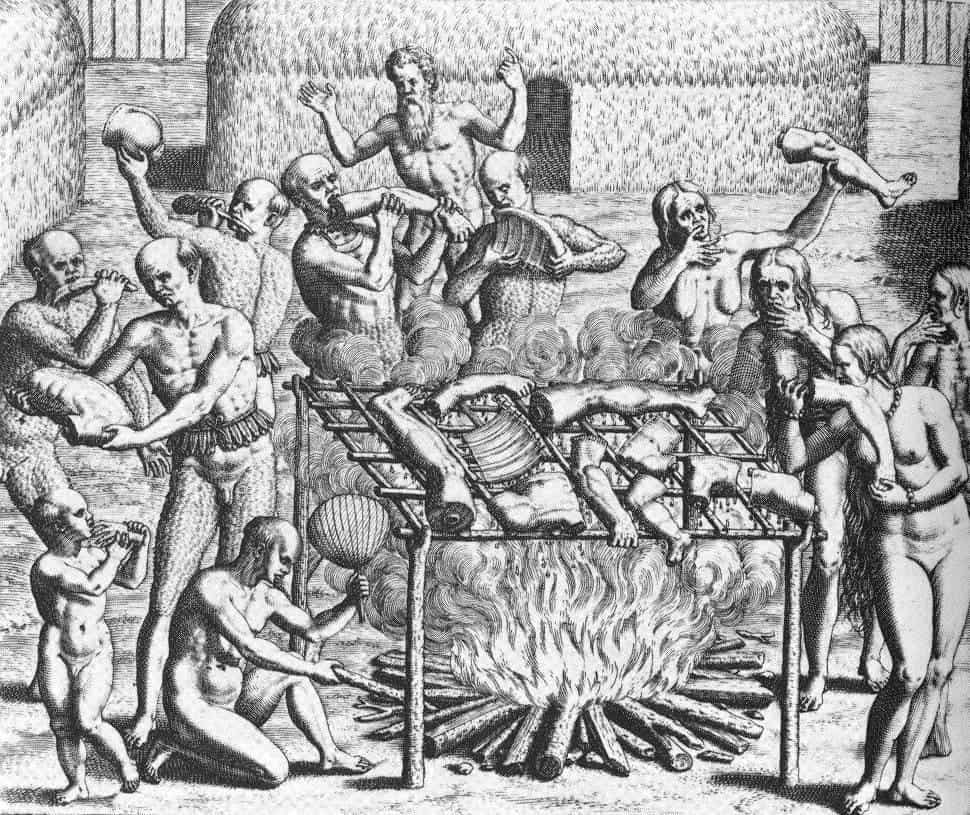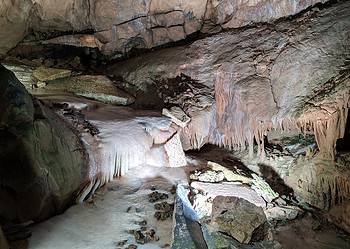
I can’t speak about taste but human meat doesn’t look that nutritious. That’s according to James Cole, an archaeologist from the University of Brighton in England, who for the past decade has been morbidly preoccupied with how many calories you’d get if you chowed down on a human.
Paleo diet anyone?
Cole isn’t some psychopath — he’s a real scientist who is trying to raise the shroud over the many instances of human cannibalism from the Paleolithic. Anthropologists will tell you cannibalism can occur out of ritual, cultural, social and nutritional considerations. We know from evidence such as butchered bones that our ancestors practiced cannibalism as well. It’s not always clear, however, whether a victim was eaten because someone was hungry or because someone with an even bigger appetite up in the heavens wanted a sacrifice.
Cole studied nine fossil sites where cannibalism was reported, ranging from 14,000 years to 900,000 years ago. Five of these sites involved cannibalism of Neanderthals, two sites involved our own species Homo sapiens, and the other two involved extinct human ancestors. Cole wanted to find out how many calories the bodies from each site could provide. So he used data from very old studies involving four male human cadavers to come up with the calorie content of an average-sized modern man then adapted the contents to the age ranges of the bodies.
His research suggests that eating an average-sized male yields about 144,000 calories. Specifically, the upper arms have about 7,450 calories, the forearms some 1,660 calories, while the heart has 650 calories. The lungs and liver seem higher in calories with 1,600 and 2,750 calories, respectively, while the kidneys have only 380 calories.

Is that a lot? Well, not really. According to Cole, if you’d cook a human you’d only be able to provide lunch to a group of 25 people. For comparison, a 3.6-million-calorie mammoth would have provided enough sustenance for 60 days. A bear or deer is a lot more nutritious than a human.
Cole argues that given the hassle of killing your own kind, which is presumably as fast and smart as the cannibal, why risk it? The point he’s trying to make is that most instances of cannibalism can’t be about nutrition and must be driven by some social or cultural factors instead. Sure, there will be instances when severe famine might have made some to resort to cannibalism but most of the time cannibalism just for the sake of food doesn’t add up in Cole’s book.
Finding the motivation behind something as gruesome as cannibalism in instances that occurred hundreds of thousands of years ago seems practically impossible. At the same time, it’s clever analyses such as this that can sometimes be an eye opener.
Though there are some shortcomings like the small sample size and the inherent limitation of inferring a Neanderthal’s calorie yield from a human’s, it’s possible many sites where cannibalism was proved present could be revised.
Cole’s paper appeared in the journal Scientific Reports.






